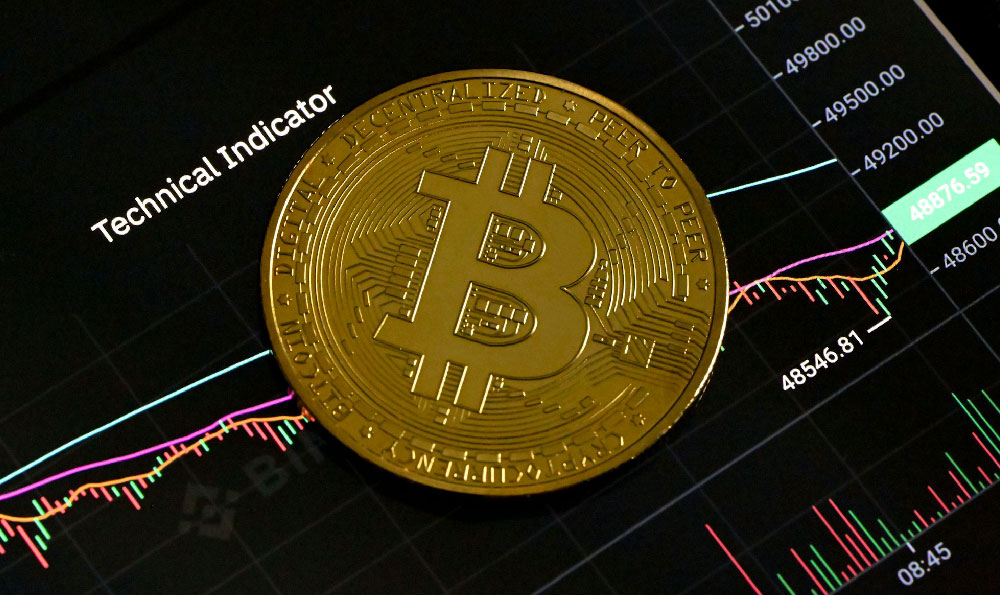Analyzing Advanced Micro Devices (AMD) as a long-term investment requires a nuanced understanding of its strengths, weaknesses, the broader semiconductor industry dynamics, and potential disruptors. It's not simply a yes or no answer, but rather a careful weighing of opportunities and risks. AMD has undeniably transformed itself from a struggling competitor to a major force in the CPU and GPU markets, rivaling industry giants like Intel and Nvidia. This resurgence has been fueled by innovative products, strategic acquisitions, and a well-executed roadmap. However, the semiconductor landscape is inherently volatile, and predicting long-term success demands rigorous analysis.
One of AMD's core strengths lies in its product portfolio. The Ryzen series CPUs have consistently outperformed Intel in many benchmarks, particularly in multi-core performance, making them a favorite among gamers, content creators, and professionals. This performance advantage has allowed AMD to gain significant market share in the desktop and laptop CPU segments. Similarly, in the GPU market, AMD's Radeon GPUs offer compelling alternatives to Nvidia's offerings, particularly at specific price points. Their RDNA architecture has improved performance and power efficiency, making them competitive in gaming and professional applications. Furthermore, AMD's presence in the gaming console market (powering both PlayStation and Xbox) provides a stable revenue stream and valuable engineering expertise.
However, relying solely on product performance as a gauge for long-term success is shortsighted. The semiconductor industry is characterized by constant innovation. What is leading-edge today can become obsolete tomorrow. While AMD currently holds a competitive edge in certain areas, Intel is investing heavily in reclaiming its dominance, particularly in process technology. Intel’s renewed commitment to R&D and its aggressive pursuit of advanced manufacturing processes (like its IDM 2.0 strategy) pose a significant threat to AMD's market share. If Intel successfully catches up in process technology, AMD's performance advantage could erode, leading to a loss of market share and pricing power. Similarly, Nvidia continues to innovate rapidly in the GPU space, pushing the boundaries of ray tracing, AI-powered graphics, and professional visualization. AMD must continue to innovate at a comparable pace to maintain its competitive position.

Another critical aspect to consider is the competitive landscape. While AMD has made significant inroads, Intel and Nvidia remain formidable competitors with substantial resources and established relationships. Intel, despite its recent struggles, possesses significant financial muscle and a vast ecosystem of partners. Nvidia benefits from its dominance in the high-end GPU market, its strong position in AI and data centers, and its expertise in software and hardware integration. AMD needs to navigate this complex landscape carefully, focusing on areas where it can differentiate itself and create sustainable competitive advantages. This might involve forging strategic partnerships, focusing on specific niche markets, or developing unique technologies that address emerging needs.
Beyond direct competition, the semiconductor industry is also subject to cyclical demand fluctuations. The demand for CPUs and GPUs is heavily influenced by macroeconomic factors, such as global economic growth, consumer spending, and business investment. During economic downturns, demand for these products can decline sharply, negatively impacting AMD's revenue and profitability. Furthermore, geopolitical factors, such as trade tensions and supply chain disruptions, can also introduce volatility into the market. The recent chip shortage, for example, has highlighted the vulnerability of the semiconductor industry to supply chain disruptions. Investors should carefully consider these macroeconomic and geopolitical risks when evaluating AMD as a long-term investment.
Moreover, AMD's valuation is an important factor to consider. The stock price has risen dramatically in recent years, reflecting the company's improved performance and growth prospects. However, a high valuation also means that expectations are high. Any setbacks or disappointments could lead to a significant correction in the stock price. Investors should carefully assess whether the current valuation accurately reflects AMD's future growth potential and the risks associated with the company. It's prudent to conduct thorough due diligence and consider alternative investment opportunities before making a decision.
Looking ahead, AMD's success will depend on several key factors. First, the company must continue to execute on its product roadmap and deliver innovative products that meet the evolving needs of its customers. This requires significant investment in R&D and a strong focus on engineering excellence. Second, AMD must effectively manage its supply chain and mitigate the risks associated with potential disruptions. This may involve diversifying its suppliers, building strategic partnerships, and investing in its own manufacturing capabilities. Third, AMD must continue to expand its presence in key growth markets, such as data centers, AI, and embedded systems. These markets offer significant growth opportunities, but also present significant competitive challenges.
In conclusion, whether AMD is a solid long-term bet or a risky play depends on an individual's risk tolerance, investment horizon, and belief in AMD's ability to execute its strategy. While AMD has demonstrated impressive progress and holds a strong position in certain market segments, the semiconductor industry is intensely competitive and subject to cyclical fluctuations. Investors should carefully weigh the opportunities and risks, conduct thorough research, and consider their own investment goals before making a decision. It's not a guaranteed home run, but with careful consideration and ongoing monitoring, AMD could be a valuable addition to a diversified investment portfolio. It’s important to remember that diversification is key to managing risk, and no single stock should constitute an overwhelming portion of your investment holdings. Consider consulting with a qualified financial advisor before making any investment decisions.












